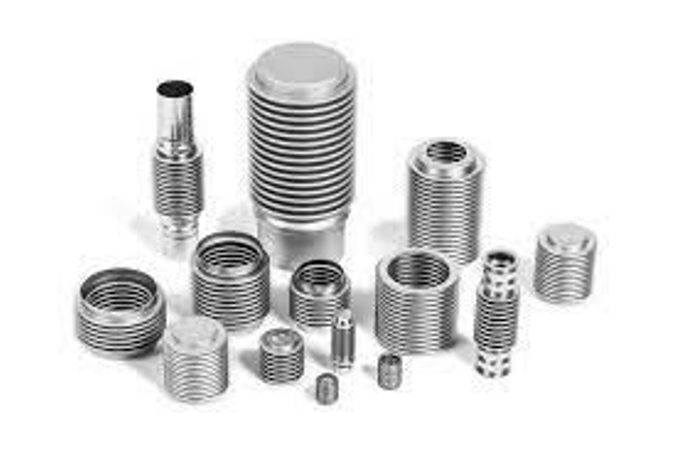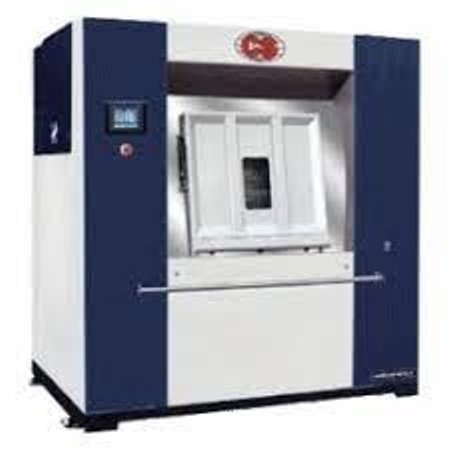
The global market for rheumatoid arthritis treatments is expected to grow at a CAGR of...
Learn More
Our consulting solutions address company specific challenges with respect to micro environment...
Learn More
Organizations frequently need day-today research guidancein order to gain strategic...
Learn More
Exploring different areas of market research and market analysis is a key factor...
Learn MoreAcute Market Reports presents the most extensive global business research services across industries. Our research studies focus on potential outcomes, benefits, and risks associated with each market segment across geographies. Having served our global clients for more than 10 years, our prime priority is to enable our clients in making well-informed business decisions through a data-driven, analytical, and uncomplicated research approach.
We provide access to the world's most comprehensive, analytical, and updated business intelligence services and solutions.




The diesel generator market in the telecom industry has shown significant dynamics over recent years. With the rapid expansion of the telecom sector, the demand for reliable power solutions has grown exponentially. Diesel generators have been a primary source of backup and emergency power for tel...
Read More
A metal bellows, often referred to simply as a bellows, is a flexible, accordion-like structure made of thin metal sheets or strips that are joined together to form a tubular or cylindrical shape. Metal bellows are designed to expand and contract, al...
Read More
The barrier washer market is expected to experience a CAGR of 6% during the forecast period of 2025 to 2033. Barrier washers are specialized washing machines designed for use in healthcare facilities, pharmaceutical industries, and other environments...
Read More




